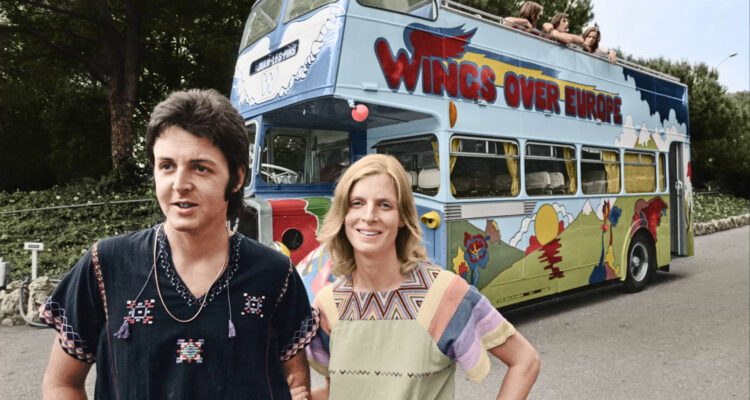Bristol 402 Drophead – Going Topless
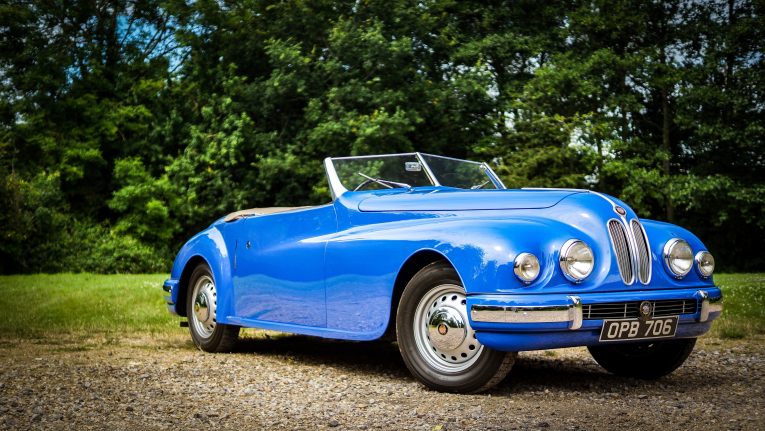
There are few cars that can wear such a bright and unabashed shade of blue. Describe it and without the aid of any imagery and you’d no doubt raise an eyebrow. It would be too much, surely? Yet, here we are, looking at this utterly magnificent Bristol 402 as it twinkles in the early summer sun. It’s a big car, but it’s not imposing. There’s an elegance to it, a sense of it being a gentle giant rather than a snarling powerhouse. This is no doubt aided by the acres of blue, a calming colour by its very nature.
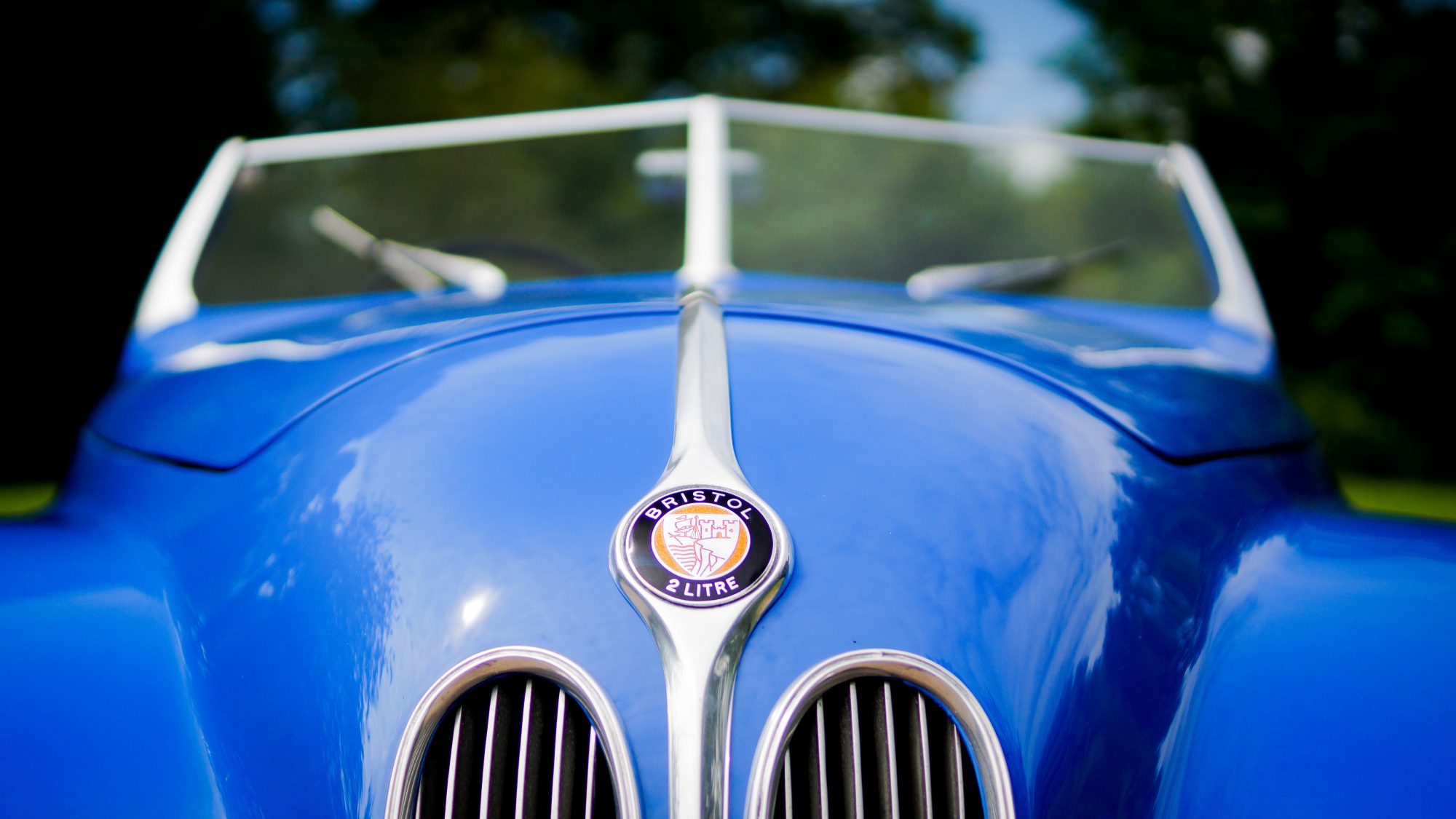
But so is the car. It’s calming. As we look around it, as we climb into it, we feel the need to do so at a relaxed and restrained pace. The Bristol 402 seems to usher you to come off life’s throttle and enjoy your moment with it. It’s hard to describe. The lines of the 402 are flowing, and as such, relaxing. There are no hard edges or elements of forced design. Instead, you sense the designer penned this car with smooth, sweeping motions of flow and purpose. Not short, sharp stabs with the pencil. This car is the embodiment of grace. And for that, it’s utterly lovely.
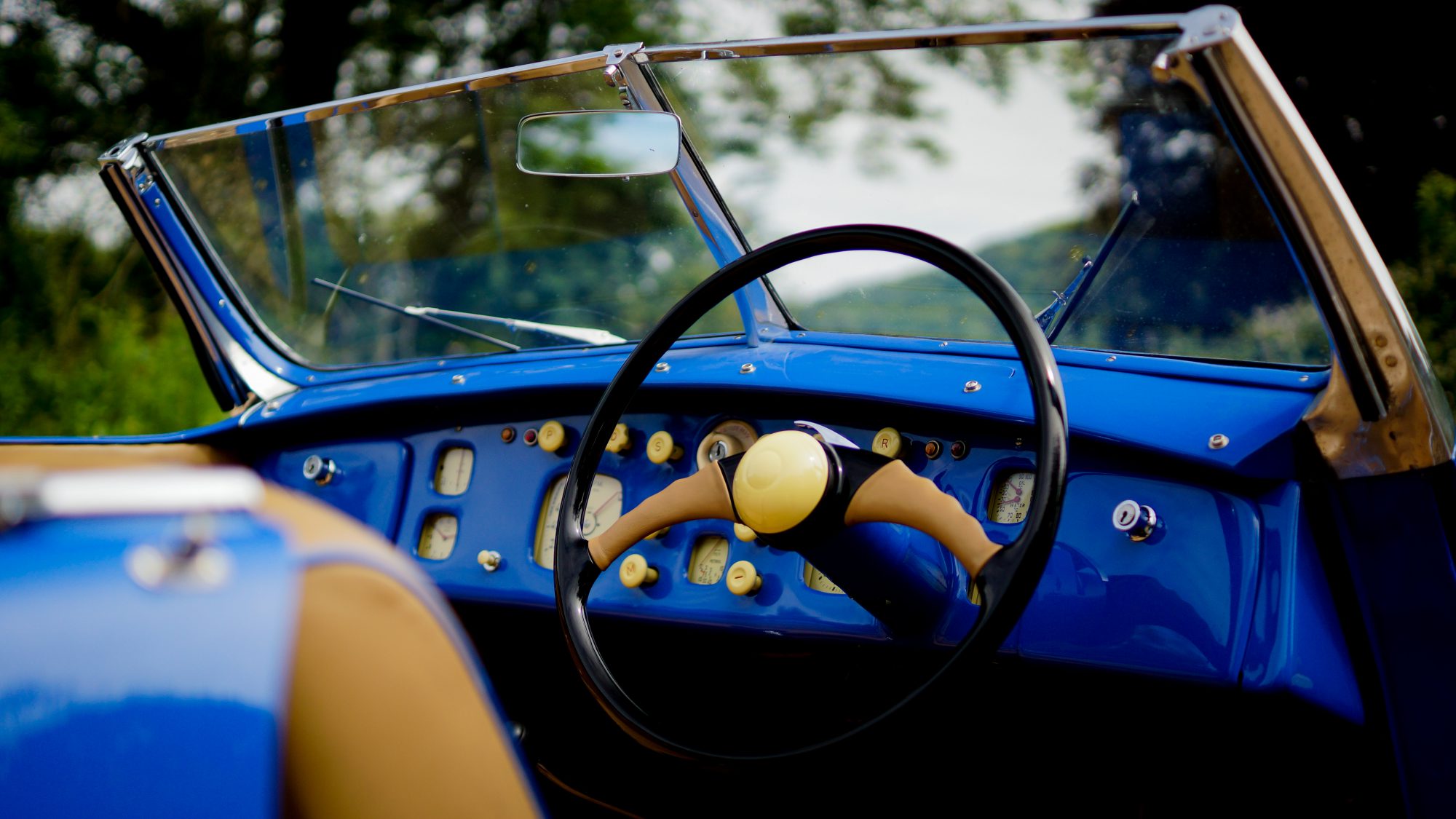
The Bristol 402 is the drophead version of the 401, which you won’t be surprised to learn was the successor to the 400. The 400 was the first car Bristol built, and with it, it gave people a chance to warm to the styling – something that was very different from that of its peers. Bristol was brave. Its background stemmed from the aeronautical, and that showed with the sleek and fuss free designs of its cars. By the time the 401 rolled around in 1946, that idea of being sleek and uncluttered had evolved even further. The 401 was an elegant, graceful car. By cutting the roof off it, Bristol did the impossible and improved on what many deemed to be perfection in the first place.
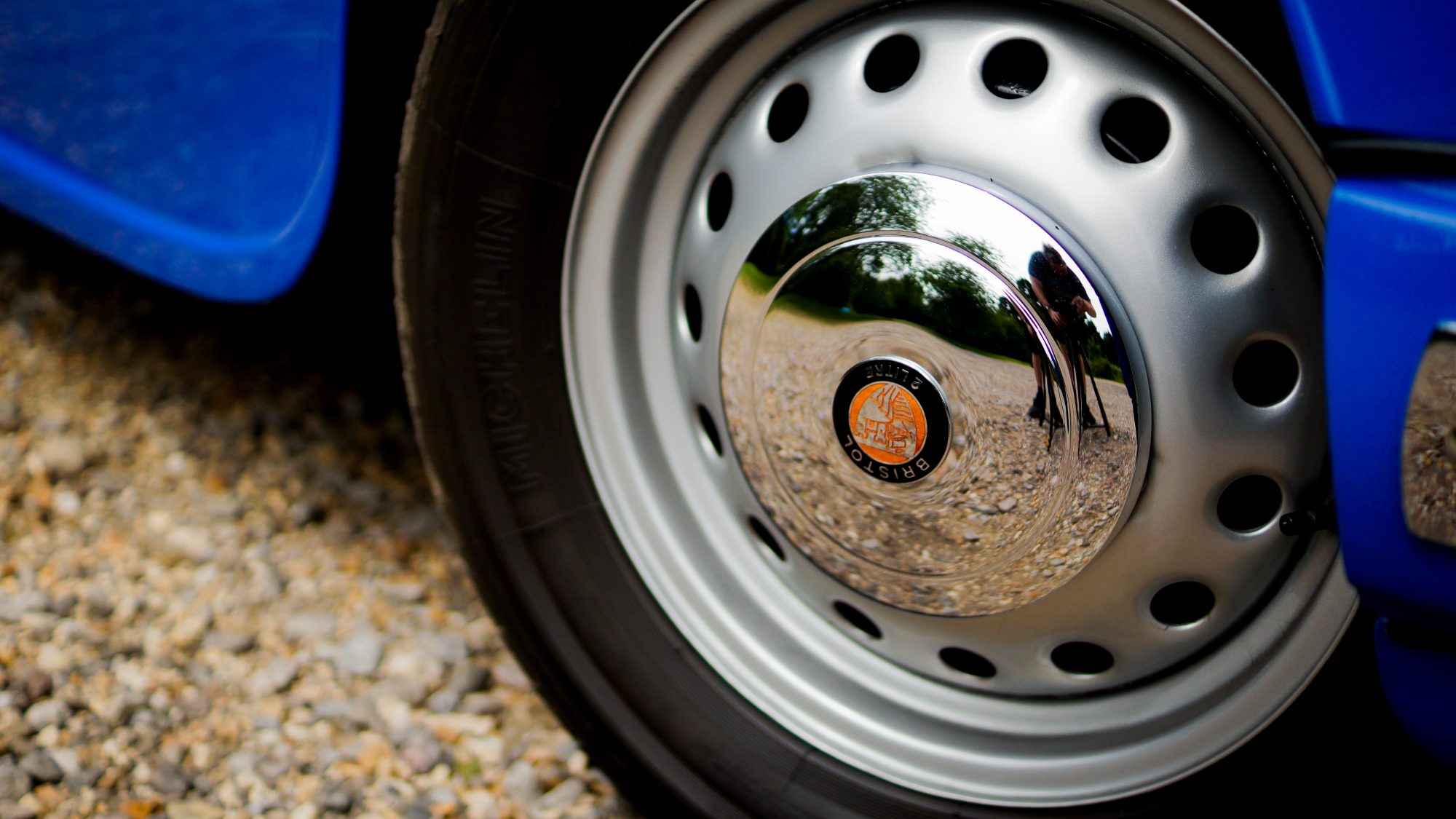
It’s also, despite only being powered by a modest 1,971cc engine, a huge car at nearly five meters in length. It needs to be though, in order to make those flowing lines work. And let’s not forget, this machine’s body is crafted from aluminium, so it’s a featherweight in relative terms. Then there’s the fact Bristol chose to make this a two-seater. It could have transported four – there’s enough space – but that would take away from that sleek, uncomplicated aesthetic. The 402 is car for the driver and their passenger to experience, it’s not a car that should ever cross into the realms of being generic transport simply because it can seat four. No, that simply wouldn’t do.
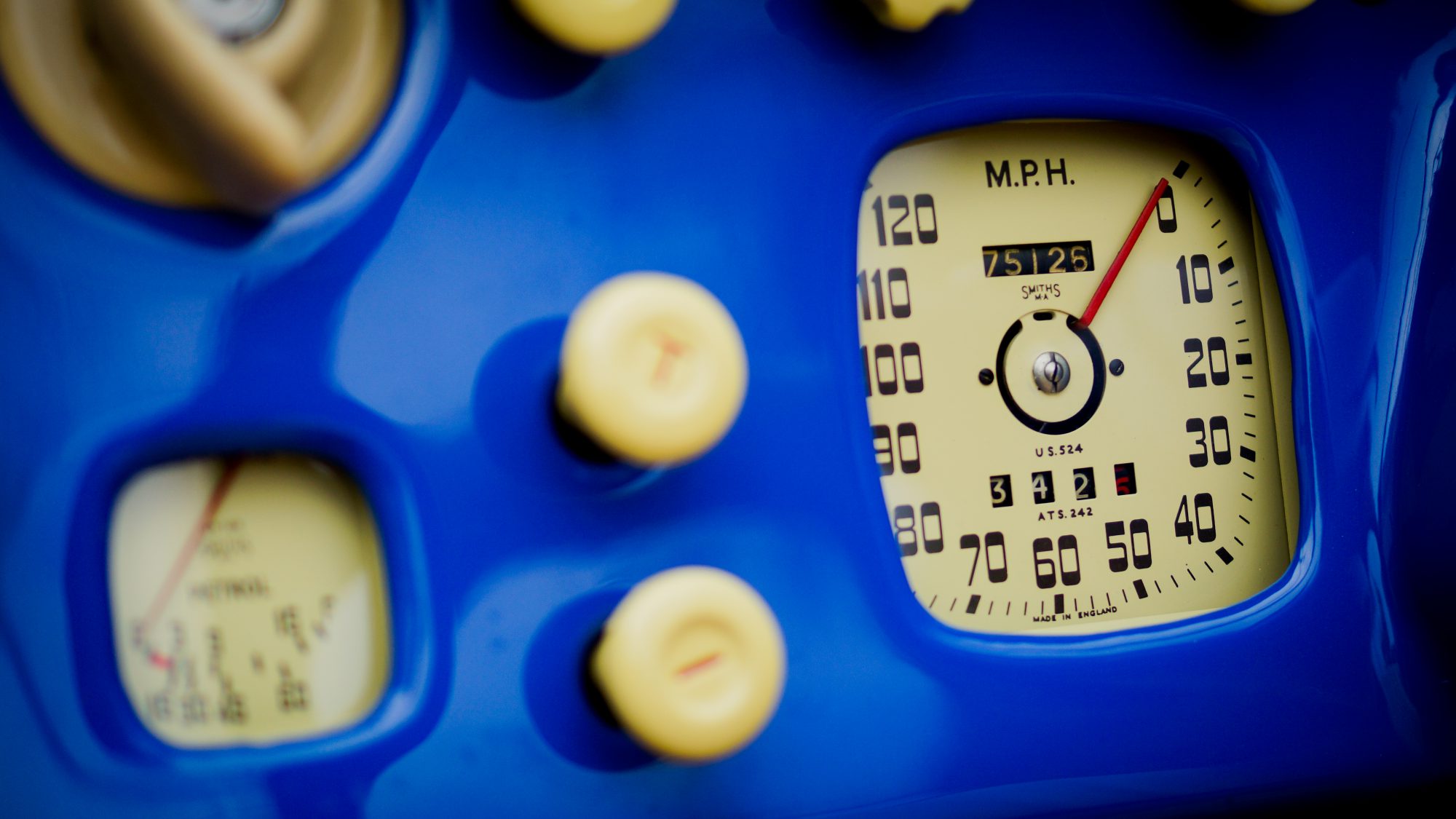
The drophead 402 was built to order and was only available in ‘49 and ‘50. Beautiful though it was, there was no escaping the fact it was a costly car. The fixed-head 401 was, in today’s money, some £80,000. The drophead conversion added to this significantly. But, this was a car built using aeronautical technology. Bristol didn’t just trade on its airborne heritage, it employed it in the construction of its cars. Lightweight aluminium panels, incredible attention to detail, a fit and finish that could have made a Rolls Royce blush – it was in Bristol’s blood.
It’s that build quality, and the link to the skies that obviously appealed to this 402’s first owner, a certain HRH Prince Varanand Dhavaj Chudadhuj. The decorated fighter pilot and member of the Thai Royal Family served in the Royal Air Force as a Spitfire pilot, with one of his most notable missions being over Utah Beach on D-Day. As a man who earned his stripes in, and owed his survival to the technologies used in aeronautical design and engineering, the Bristol 402 was a logical choice. And it had to be a 402, because honestly, can you imagine a fighter pilot in anything but a cabriolet?
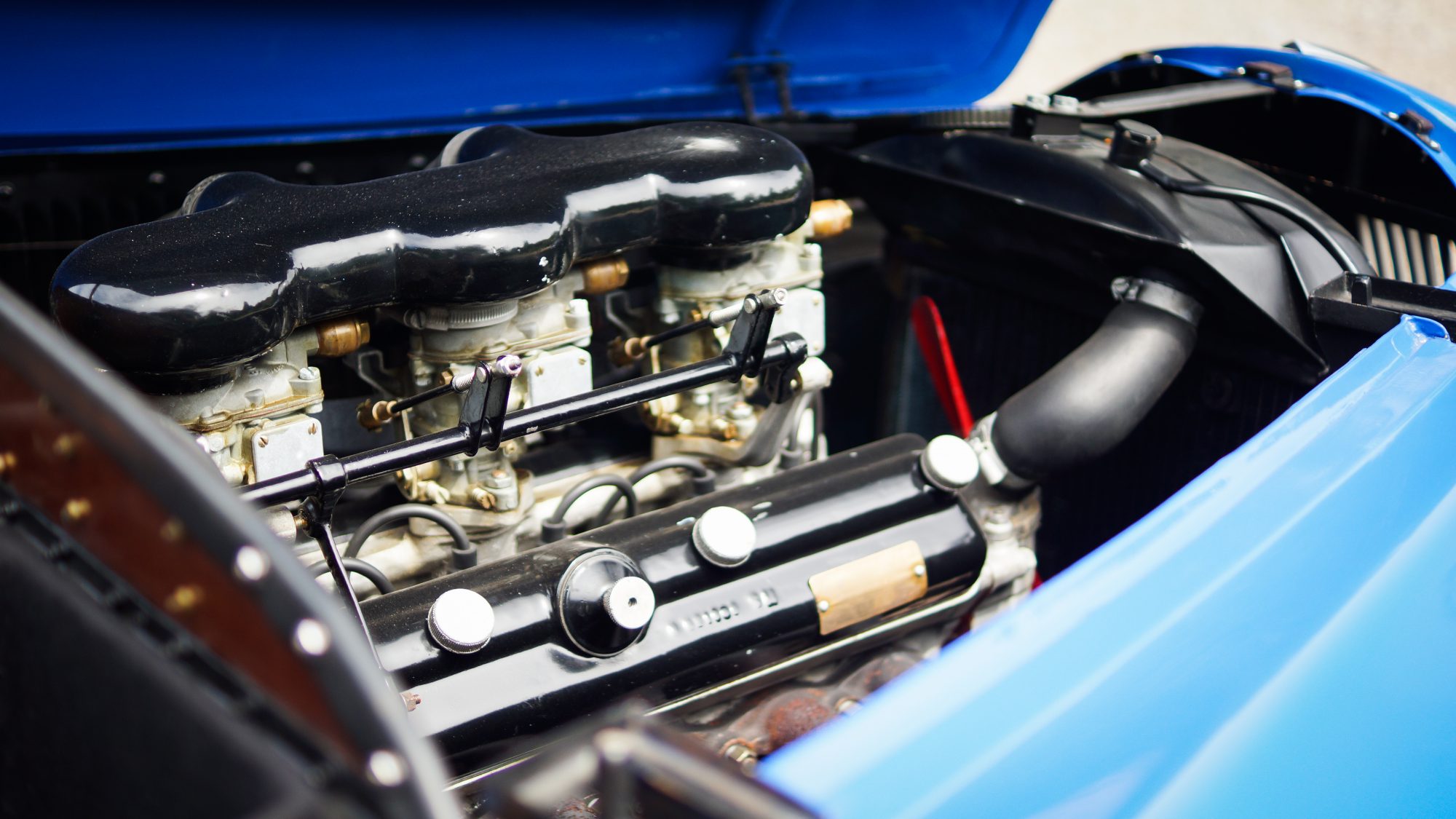
Of course, the car has seen several other owners over the years, and each one has clearly been keen to use the Bristol as intended – the car currently wears a mileage of 75,000. Though of course, that mileage took its toll on the 402 over the years, which is why it was subjected to a complete renovation in 2012, bringing it to the as-new condition it is in today.
And that’s a funny term to band about when talking about an old car, but in the case of this 402, it truly is as it was when it was new. The only suggestion that it’s not is that odometer, which reads the mileage faithfully. Other than that though, this car is every bit the machine it was when it rolled out of the Filton factory in 1950. And because of that, it’s the perfect means to experience a 402. Unmarred by the advances of time, this car takes us back as we slide behind the large steering wheel and into the perfectly restored seats. And at first, it’s somewhat daunting – this is a £275,000 car, 26 of which were built, with only 13 rumoured to still exist – but the initial trepidation soon fades away. The 402 puts its arm around you and ushers you into your advance. The controls are light, the gearbox is pleasingly crisp (though with no synchro on first you do need to be careful) and the engine is responsive.
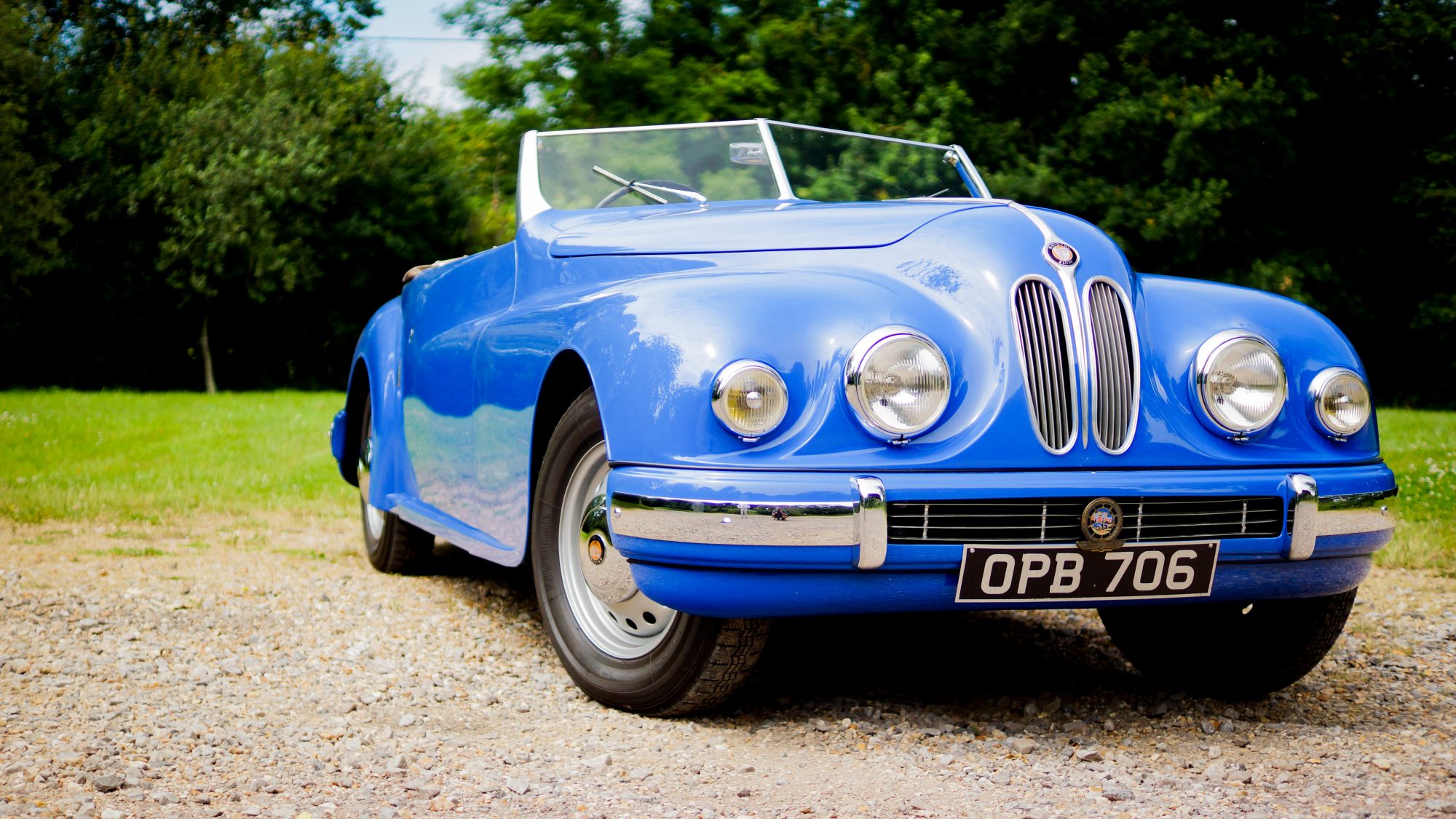
As we amble out into traffic, we wind on some power from the little 1,971cc engine. While it is indeed adequate, it’s not going to offer the big Bristol any alarming performance figures. But that’s just fine. Instead, the revs climb and with each change of gear the engine settles into a happy hum as it pulls the big Bristol along. With the wind in our hair, we care not for the gentle pace, we’re just happy to be in this car, gliding along at whatever pace it deems best. And glide we do. The suspension despite being an old design is pleasingly supple, yet as we turn the big wheel into a corner, the 402 doesn’t flop about. It’s composed and upright throughout.
Driving this car is more than just driving, it’s an event. People stare and smile, though mostly with a look of bewilderment given very few know what a Bristol is. As the driver, you adopt a sense of calm and with it, the stress melts away. The 402 isn’t engaging to drive, nor is it dynamic or exciting. But it doesn’t need to be those things. That’s not what it was built to do. It was built to waft along without the driver or passenger really needing to do anything, and for that, it’s oddly wonderful.
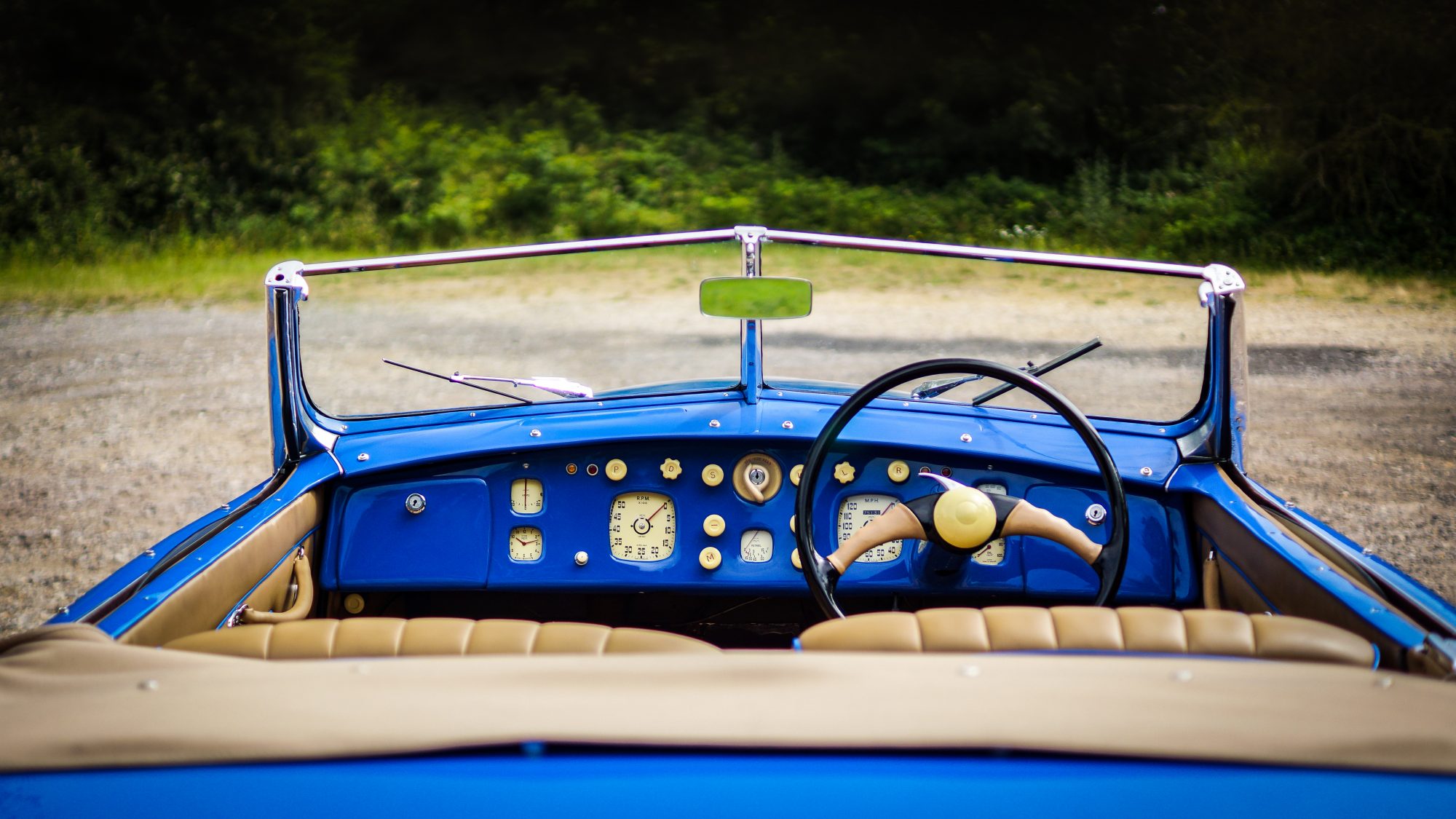
Whoever buys this car is in for a considerable treat. The Bristol 402 is a charming, beautiful car to drive. It in no way feels like a car from 1950 though, meaning you would be more inclined to take it out for a spin. And so you should. This car represents, for us at least, a slice of vintage british motoring at its best. The Bristol 402 was and still is proof that for quality, luxury and engineering greatness, there were options other than a Rolls or Bentley.
Huge thank you to S J Hackett for letting us have a drive of this exquisite machine. A machine that, for £275,000, could be yours.

